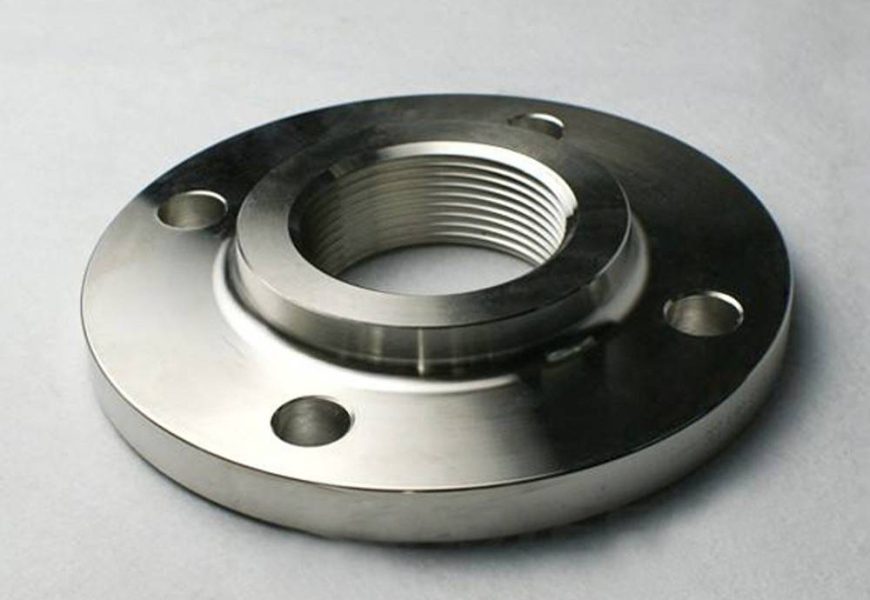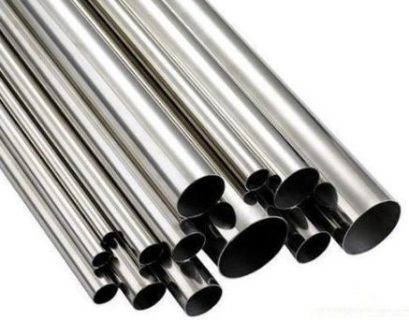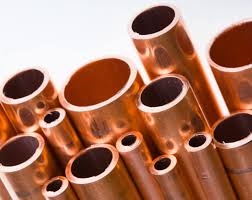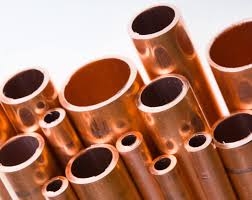Choosing the right flanges for industrial piping is critical. Hastelloy B-3 flanges stand out for their resistance to aggressive and reducing environments. This blog breaks down their unique features, benefits, and applications.
What Is Hastelloy B-3? Hastelloy B-3 Flnages is a nickel-molybdenum alloy known for its strong resistance to hydrochloric acid and other reducing chemicals. It has high thermal stability, offering better performance at varied temperatures. With Hastelloy B-3, your equipment gains improved durability, even in the harshest environments.
Key Properties of Hastelloy B-3 Flanges:
- Corrosion Resistance:
Hastelloy B-3 flanges resist corrosion from chemicals like hydrochloric, sulfuric, and phosphoric acids. This makes them ideal for applications where other materials would corrode quickly. - Thermal Stability:
This alloy maintains its structure at high temperatures. This stability reduces risks, especially in systems that experience fluctuating heat levels. - High Ductility:
Hastelloy B-3 flanges are easy to shape, form, and weld. This flexibility makes them a practical option for complex piping systems. - Stress Corrosion Resistance:
Many materials fail under stress, but Hastelloy B-3 flanges resist stress cracking even in high-pressure systems. This boosts reliability in demanding environments.
Applications of Hastelloy B-3 Flanges:
- Chemical Processing:
Used in plants with strong acids, these flanges prevent corrosion in reactors and distillation units. - Pharmaceuticals:
In pharmaceutical manufacturing, Hastelloy B-3 flanges handle acidic environments. They ensure safety in applications with strong chemicals. - Pulp and Paper:
The pulp and paper industry relies on these flanges for bleaching and chemical processing. Their durability withstands constant chemical exposure. - Oil and Gas:
In this sector, Hastelloy B-3 flanges endure strong acids, making them critical for pipelines and processing units.
Why Choose Hastelloy B-3 Flanges?
- Long Life:
Their corrosion resistance extends equipment life, lowering replacement needs. - Safety:
Hastelloy B-3 flanges prevent leaks and material breakdown in acidic environments, boosting safety. - Lower Maintenance:
They reduce downtime and maintenance costs, saving time and money. - Industrial settings expose equipment to harsh chemicals. Hastelloy B-3 flanges are designed for these environments. Here’s why they’re the right choice for corrosive and high-stress applications.
What Makes Hastelloy B-3 Unique?
Hastelloy B-3 is a nickel-molybdenum alloy with strong corrosion resistance. It’s especially effective in reducing environments with hydrochloric and sulfuric acids. With thermal stability and crack resistance, it outperforms many other alloys.Top Reasons to Use Hastelloy B-3 Flanges:
- Corrosion Resistance:
These flanges resist strong acids and chemicals. They’re ideal for setups that would damage most standard materials. - Safety in Acidic Environments:
Plants dealing with hydrochloric acid need durable equipment. Hastelloy B-3 offers protection from leaks and chemical wear. - Longevity:
Hastelloy B-3 flanges last longer than standard materials. This longevity reduces replacements and maintenance needs. - Thermal Stability:
These flanges maintain their strength under high or shifting temperatures. They work well in high-temperature settings.
Common Uses for Hastelloy B-3 Flanges:
- Chemical Processing:
Chemical plants use these flanges in piping and reactors. They prevent corrosion from harsh chemicals. - Pharmaceuticals:
In pharmaceutical plants, these flanges handle acidic environments safely, protecting equipment. - Mining:
Mining operations expose equipment to acidic compounds. Hastelloy B-3 flanges withstand these substances reliably. - Waste Treatment:
These flanges resist damage in waste treatment, especially where hazardous chemicals are processed.
Conclusion:
Hastelloy B-3 flanges perform well in environments with strong chemicals and high heat. Their resistance to corrosion, stress, and temperature changes makes them a durable option for demanding industries. For those seeking a reliable, corrosion-resistant flange, Hastelloy B-3 is a smart choice. - Corrosion Resistance:
-












